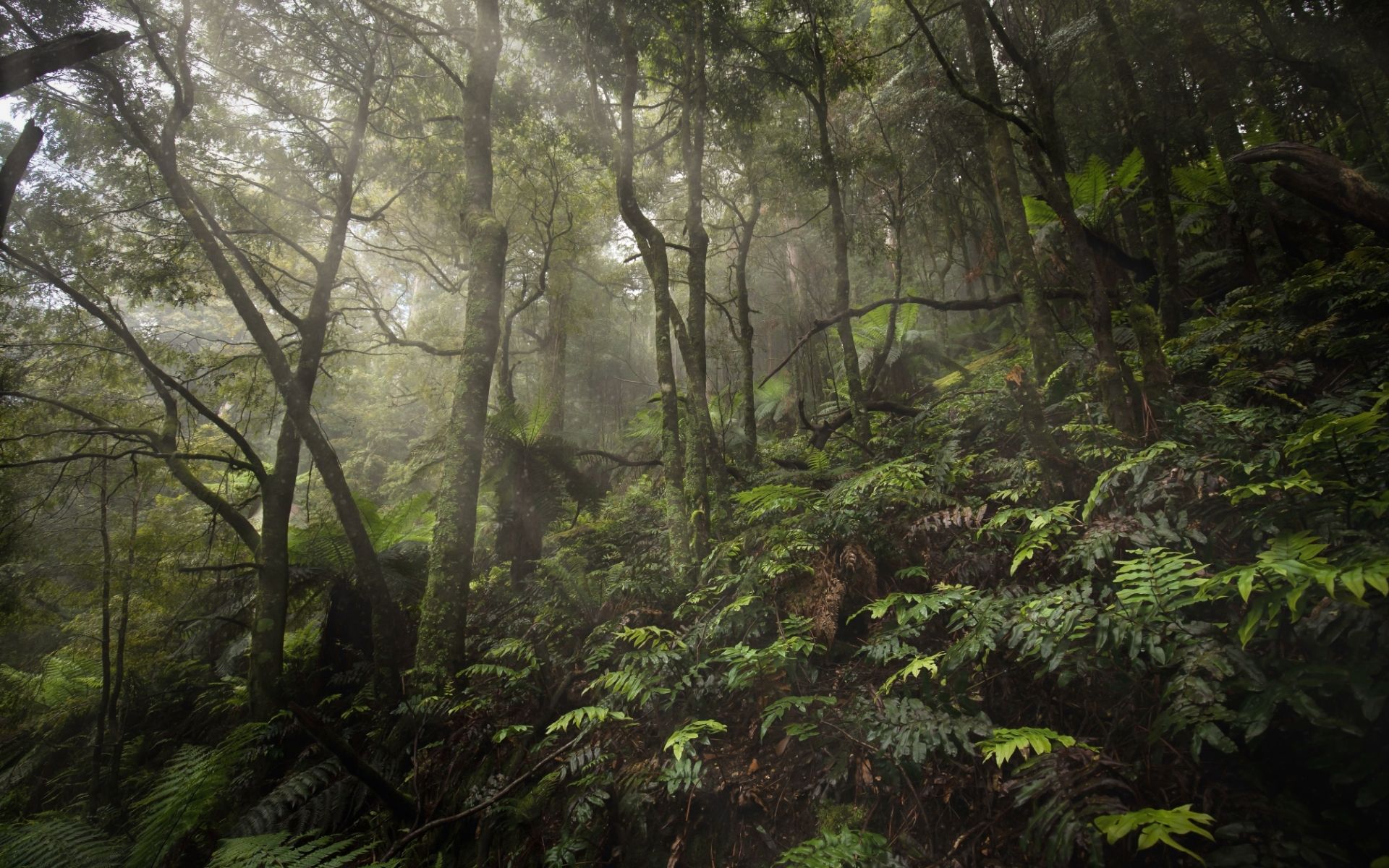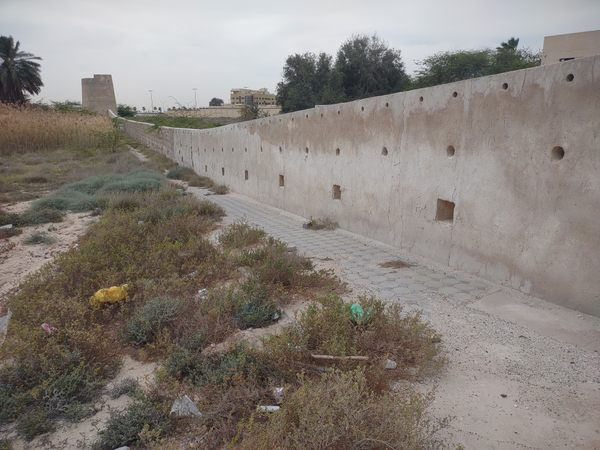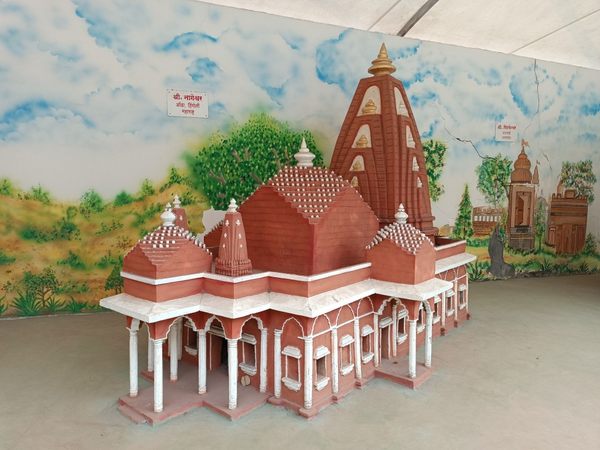Remarkable Silk Cotton Tree in Tobago, Trinidad and Tobago
One does not simply travel to Castara or yet even further like Charlottesville, at the eastern tip of Tobago, without encountering a grand nature monument. Towering over Northside Road, partially claiming the main road that perimeters Tobago, stands what locals call the Silk Cotton Tree. Whether you stop in awe or pause to check for oncoming traffic behind the tree's sprawling roots, this ancient giant commands attention. Scientifically known as Ceiba pentandra, the Silk Cotton Tree, or Kapok tree, is a deciduous species that thrives in canopy openings, rapidly growing to become emergent—a term for trees that rise significantly above the surrounding forest. These emergent giants, bathed in unfiltered sunlight, are often the oldest and most imposing in their stands. Tobago’s oral traditions are rich with tales surrounding the Silk Cotton Tree. One of the most famous legends tells of Gang-Gang Sarah, an enslaved African woman who, according to myths, flew from West Africa to Tobago to care for the enslaved people of the island. After the emancipation in 1838, she attempted to return home, but, having lost her magical abilities, she plummeted from the treetop to her death. Another legend speaks of a man who, in a trance-like state, walked backward up the towering tree during a spiritual ritual in the village of Moriah. It is said that village elders had to guide him down safely. After asking a local popular hotelier, he laughed hysterically, slapped his knee and then got serious and said, "but it’s true!" Whether one views it through a spiritual or scientific lens, the Silk Cotton Tree is an undeniable attraction. Its branches host hundreds—perhaps even a thousand—of bromeliads, air plants, and epiphytic flora, creating an ecosystem of their own high above in the heavens. This remarkable tree is more than just a natural wonder—it is a guardian of Tobago’s eastern gateway and a deeply rooted symbol of the island’s cultural and ecological heritage.


One does not simply travel to Castara or yet even further like Charlottesville, at the eastern tip of Tobago, without encountering a grand nature monument. Towering over Northside Road, partially claiming the main road that perimeters Tobago, stands what locals call the Silk Cotton Tree. Whether you stop in awe or pause to check for oncoming traffic behind the tree's sprawling roots, this ancient giant commands attention.
Scientifically known as Ceiba pentandra, the Silk Cotton Tree, or Kapok tree, is a deciduous species that thrives in canopy openings, rapidly growing to become emergent—a term for trees that rise significantly above the surrounding forest. These emergent giants, bathed in unfiltered sunlight, are often the oldest and most imposing in their stands.
Tobago’s oral traditions are rich with tales surrounding the Silk Cotton Tree. One of the most famous legends tells of Gang-Gang Sarah, an enslaved African woman who, according to myths, flew from West Africa to Tobago to care for the enslaved people of the island. After the emancipation in 1838, she attempted to return home, but, having lost her magical abilities, she plummeted from the treetop to her death. Another legend speaks of a man who, in a trance-like state, walked backward up the towering tree during a spiritual ritual in the village of Moriah. It is said that village elders had to guide him down safely. After asking a local popular hotelier, he laughed hysterically, slapped his knee and then got serious and said, "but it’s true!"
Whether one views it through a spiritual or scientific lens, the Silk Cotton Tree is an undeniable attraction. Its branches host hundreds—perhaps even a thousand—of bromeliads, air plants, and epiphytic flora, creating an ecosystem of their own high above in the heavens.
This remarkable tree is more than just a natural wonder—it is a guardian of Tobago’s eastern gateway and a deeply rooted symbol of the island’s cultural and ecological heritage.































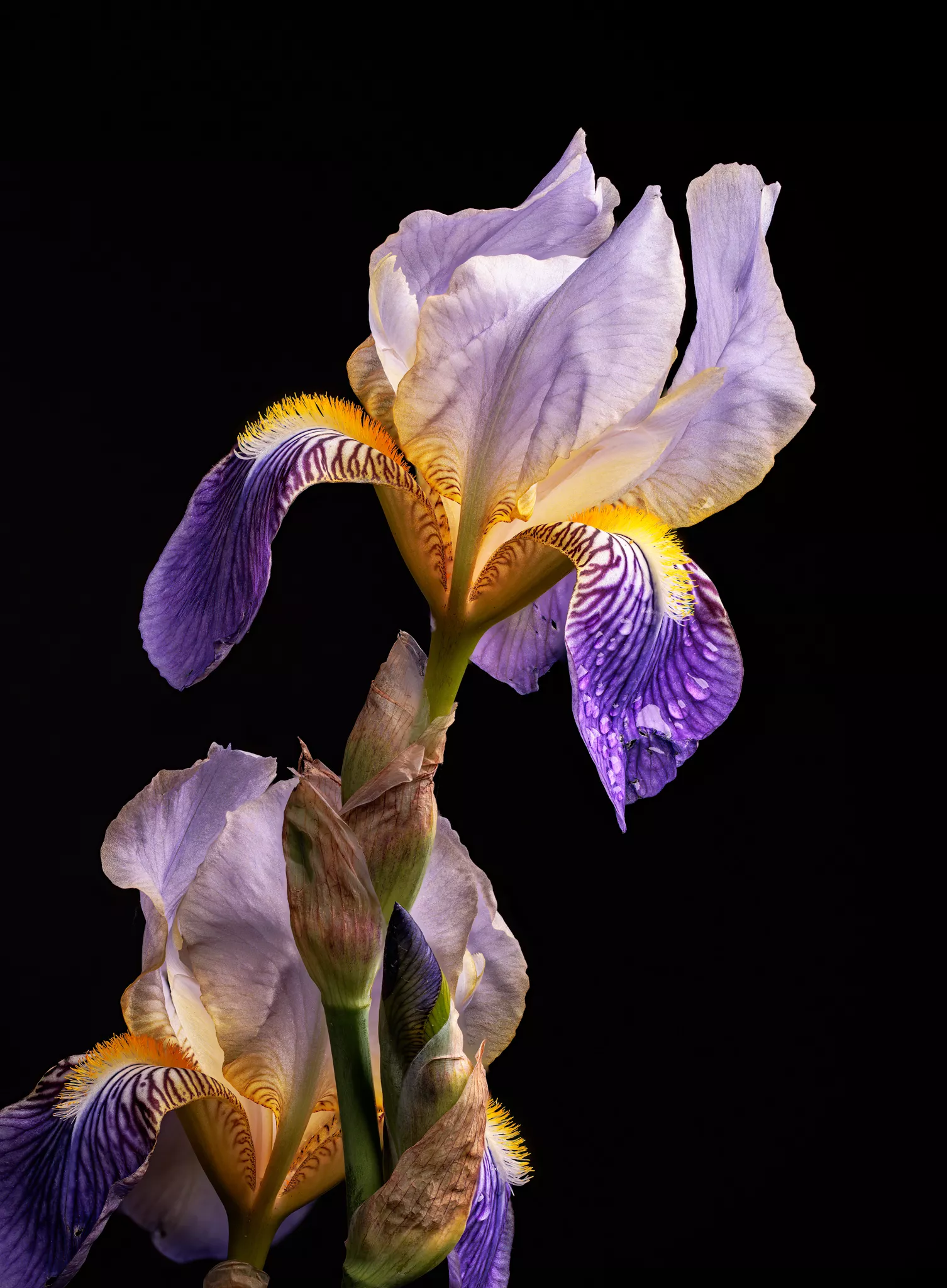




























.png?width=1920&height=1920&fit=bounds&quality=70&format=jpg&auto=webp#)



























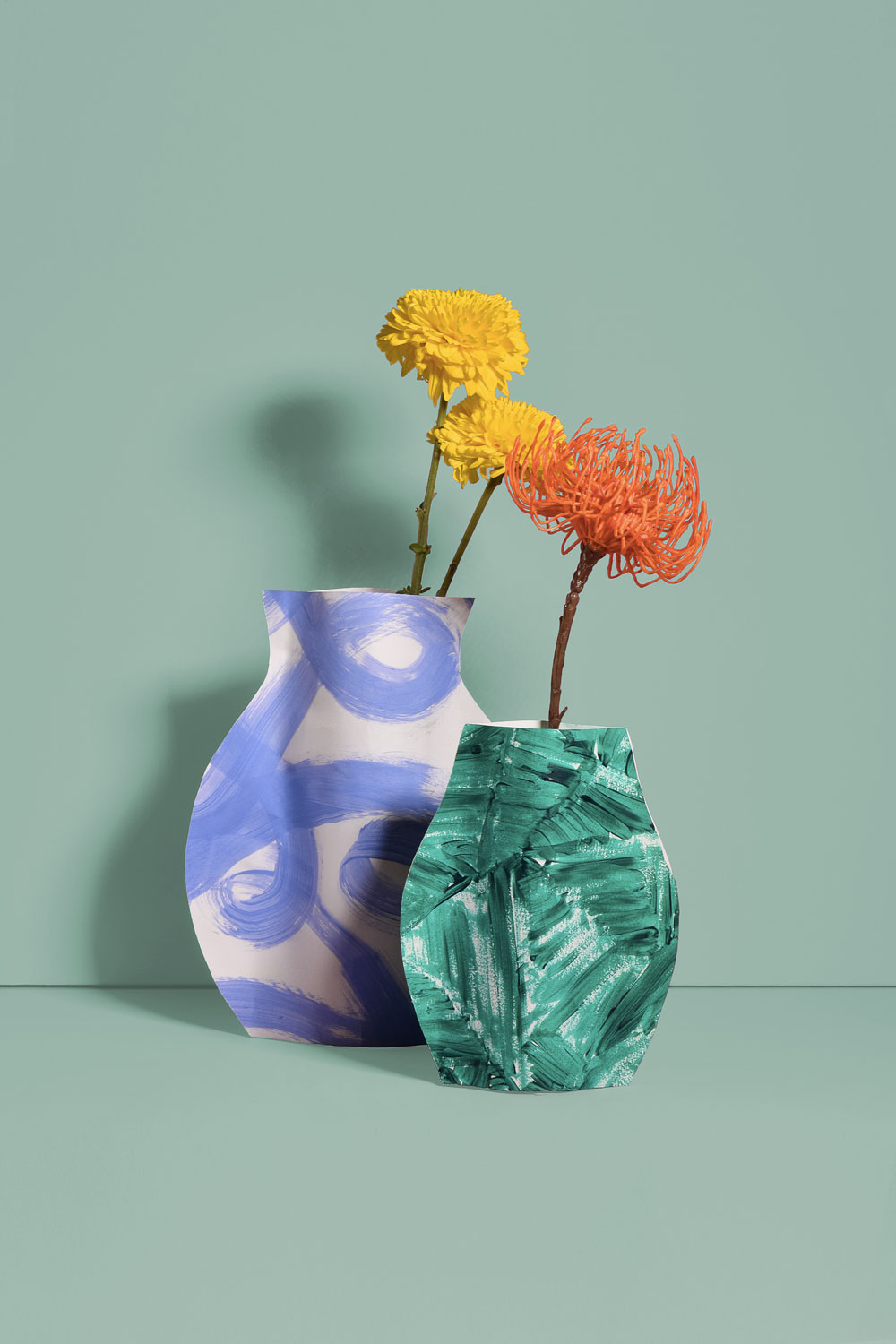





















































































































.jpg)









